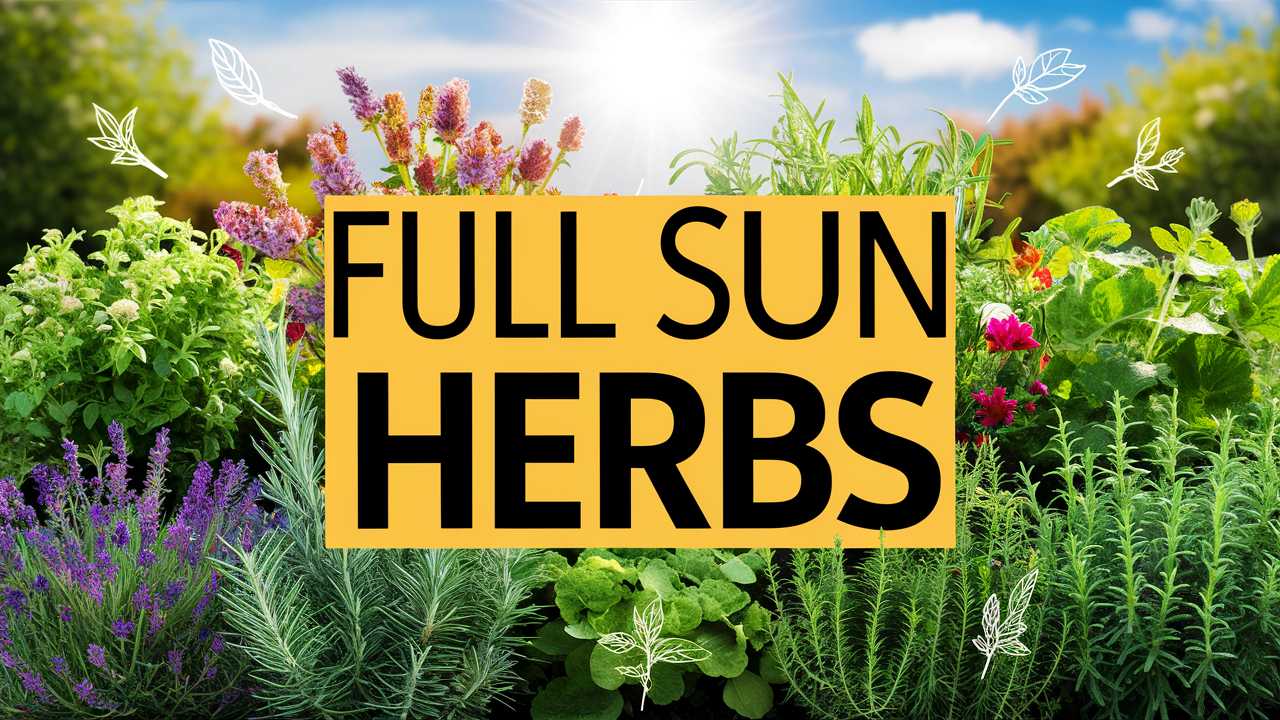This guide covers a selection of key herbs that not only bask in sunlight but also bring a world of flavor and wellness to our kitchens and lives. Let’s explore these magnificent plants that thrive in the sun!
Chives
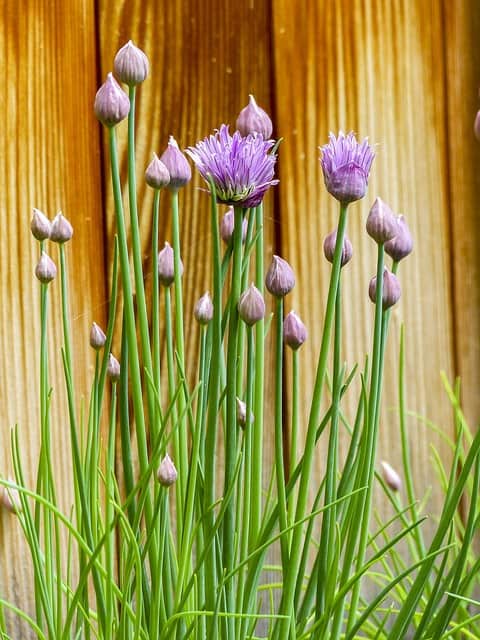
Chives are more than just a garnish; they are an essential herb for anyone who enjoys fresh flavors. With their vibrant green stalks and delicate purple flowers, chives add color to any garden. Thriving in full sun, these perennial herbs prefer well-drained soil and are quite resistant to drought once established. The mild onion flavor of chives makes them a perfect complement to salads, soups, and creamy dishes.
Not only are chives great for culinary purposes, but they also boast impressive health benefits. Rich in vitamins A and C, and packed with antioxidants, they can help to boost your immune system and improve overall well-being. Plus, their edible flowers can be used in salads, adding a pop of color and a subtle oniony flavor. Growing chives is easy, and with regular harvesting, you can enjoy fresh greens throughout the summer months!
Lavender
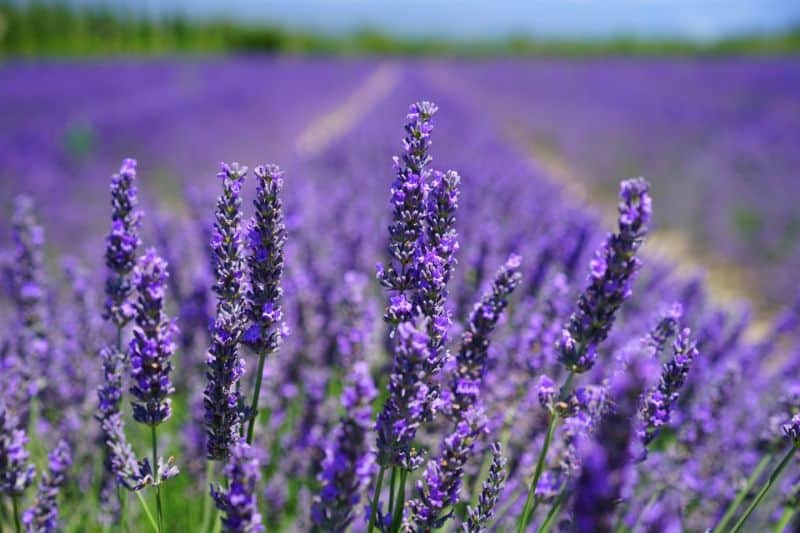
When it comes to herbs that thrive in full sun, lavender is a superstar. This aromatic herb is beloved for its soothing scent and stunning purple spikes that can transform any garden into a serene oasis. Lavender thrives in well-drained, sandy soil and prefers dryer conditions, making it an excellent choice for sunny spots in your garden.
Beyond its beauty, lavender has a plethora of uses. It’s commonly used in aromatherapy for its calming properties and can be infused into oils and teas. Culinary enthusiasts use it in baked goods, jams, and even as a seasoning for meats. It’s noteworthy that lavender is also a pollinator favorite, attracting bees and butterflies to your garden, encouraging biodiversity and healthy ecosystems. The versatility of lavender makes it a must-have for any full sun herb garden.
Chervil
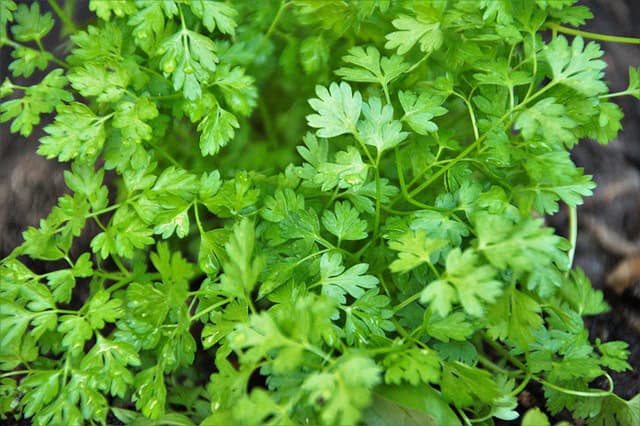
Chervil, often overshadowed by its more robust herb counterparts, is a delicate herb that flourishes in sunny gardens. Known for its feathery leaves and subtle flavor, chervil is a staple in French cuisine. This herb prefers cooler weather, but it thrives in full sun conditions, especially in the spring.
The taste of chervil is often likened to that of parsley with a hint of anise. This makes it an ideal addition to delicate dishes, such as salads, soufflés, and white sauces. Beyond its culinary use, chervil is also rich in vitamins A and C, and can even aid with digestive issues. Planting chervil in succession can provide a steady harvest, allowing you to enjoy its fresh flavor all season long.
Rosemary

Rosemary is a fragrant, evergreen herb that thrives in full sun and well-drained soil. Its needle-like leaves and aromatic oils make it a favorite among cooks, especially in Mediterranean cuisine. Rosemary’s robust flavor is perfect for seasoning roasted meats, vegetables, and even breads.
Growing rosemary is a pleasure due to its hardiness; it is drought-resistant and can easily be grown in pots or in the garden. Beyond the kitchen, rosemary has a rich history in traditional medicine and is believed to improve memory and concentration. It also has antioxidant properties, which can contribute to overall health. Pruning rosemary can encourage bushier growth and produce more flavorful leaves, making it a gratifying herb to cultivate.
Lemon Balm
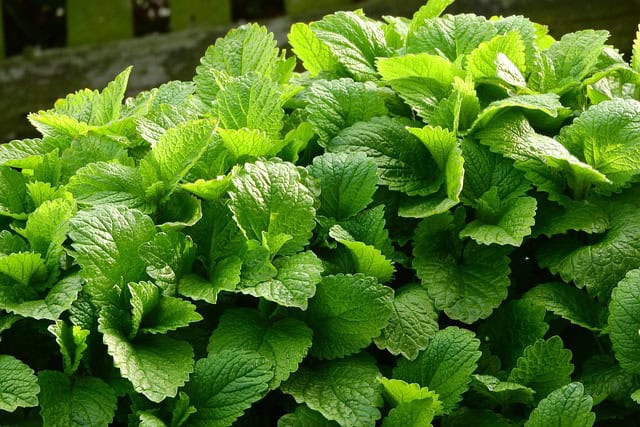
Lemon balm is a charming herb that offers both a delightful fragrance and a zesty flavor. Known for its bright green leaves and lovely citrus aroma, lemon balm thrives in full sun and is wonderfully adaptable to various soil types. This herb is also reputed for its calming properties, often used in teas and infusions to help ease stress and promote relaxation.
Culinarily, lemon balm adds a refreshing twist to salads, marinades, and desserts, enhancing flavors with its bright citrus notes. Additionally, it attracts beneficial pollinators, making it a valuable addition to any herb garden. As a member of the mint family, lemon balm can be quite vigorous; regular harvesting will keep it in check and promote healthy growth.
Summer Savory
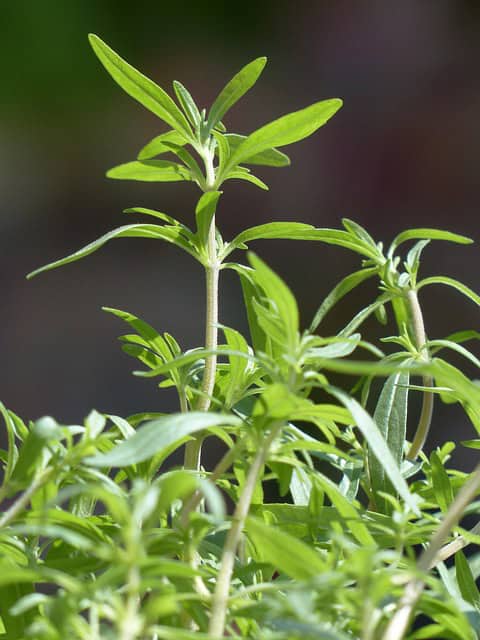
Summer savory is a lesser-known herb that is a true gem for sunny gardens. This annual herb produces small green leaves and a robust flavor that is often likened to a mix of thyme and mint. Its preference for full sun and well-drained soil makes it an easy herb to grow during warmer months.
This herb excels in savory dishes—particularly in beans, meats, and vegetable medleys—adding a peppery kick. Its health benefits are noteworthy too, as it contains antioxidants and has been traditionally used to support digestion. When the flowers bloom, they not only give a lovely visual appeal but also attract beneficial insects to your garden. Having summer savory on hand can elevate your cooking and enrich your gardening experience.
Mint
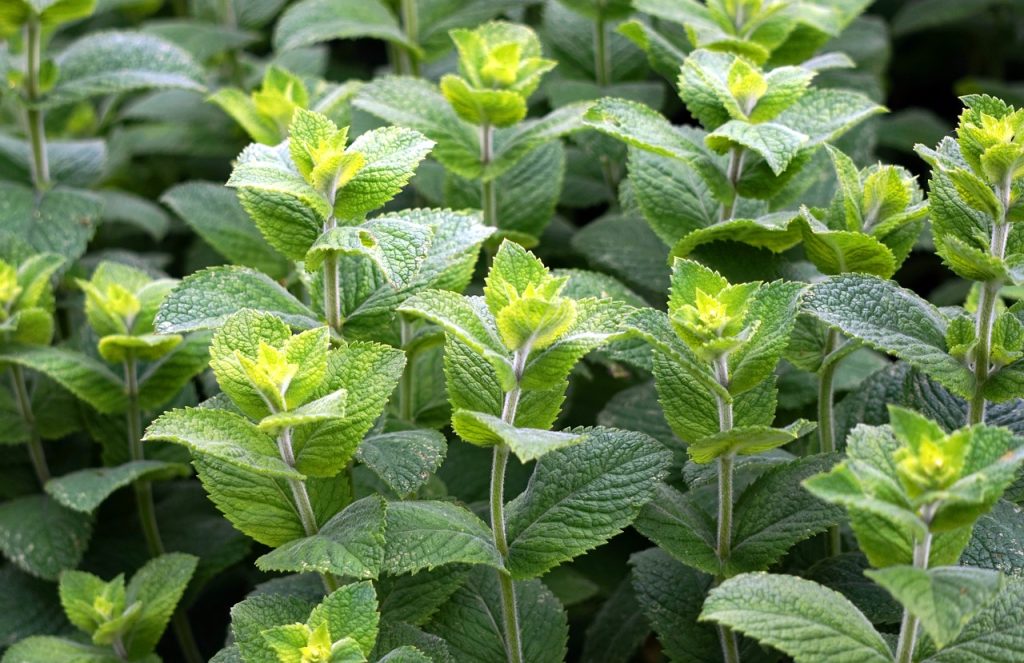
Mint is a versatile and vigorous herb that loves full sun, making it a perfect addition to any herb garden. This fragrant herb has a wide variety of cultivation options, from spearmint to peppermint, each bringing its unique flavor profile to the table. Mint prefers moist, well-drained soil and can be a bit invasive, so it’s often best planted in containers.
Culinary uses for mint are limitless—it enriches cocktails like the classic mojito, enhances the flavor of desserts, and pairs well with various ingredients, including lamb and yogurt. Beyond its culinary applications, mint is celebrated for its digestive benefits and cooling properties. Regular pruning encourages bushier growth, ensuring a fresh supply throughout the growing season.
Caraway
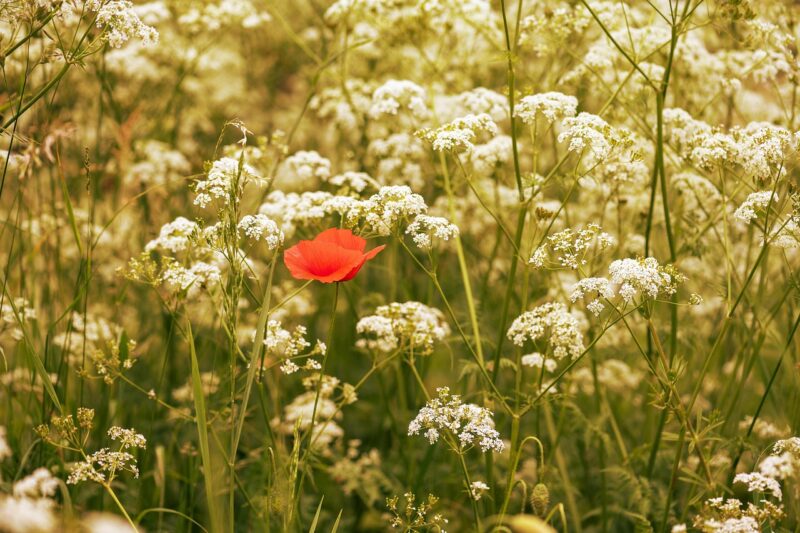
Caraway might not be the first herb that comes to mind for full sun gardens, but this hardy biennial plant thrives in sunny conditions and offers unique culinary applications. Known for its distinct flavor that resembles anise, caraway seeds are a common ingredient in bread, cheeses, and certain vegetables.
Beyond the seeds, the greens of the caraway plant can be used similarly to parsley, adding a subtle flavor to salads and garnishes. Caraway is also celebrated for its health benefits, believed to aid digestion and spice up your meals with its aromatic profile. Planting it alongside other herbs can create an inviting garden ecosystem, with caraway drawing attention to the diversity of flavors.
Parsley
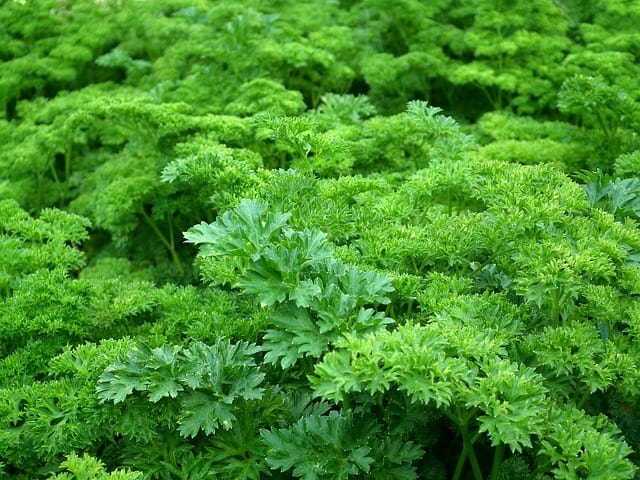
Parsley is one of the most ubiquitous herbs, adored for its versatility and bright flavor. This biennial herb thrives in full sun and well-drained soil, allowing for a bountiful harvest. It comes in two primary varieties: curly and flat-leaf (or Italian), each lending its unique taste to dishes.
Parsley is often used as a garnish, but it can be the star of the show in salads, sauces, and dressings. Packed with vitamins A, C, and K, this herb packs a nutritional punch, contributing to overall health. Its ability to thrive in various soil types and conditions makes it a gardening favorite. Regular harvesting will encourage new growth, allowing for a fresh supply as needed.
Basil
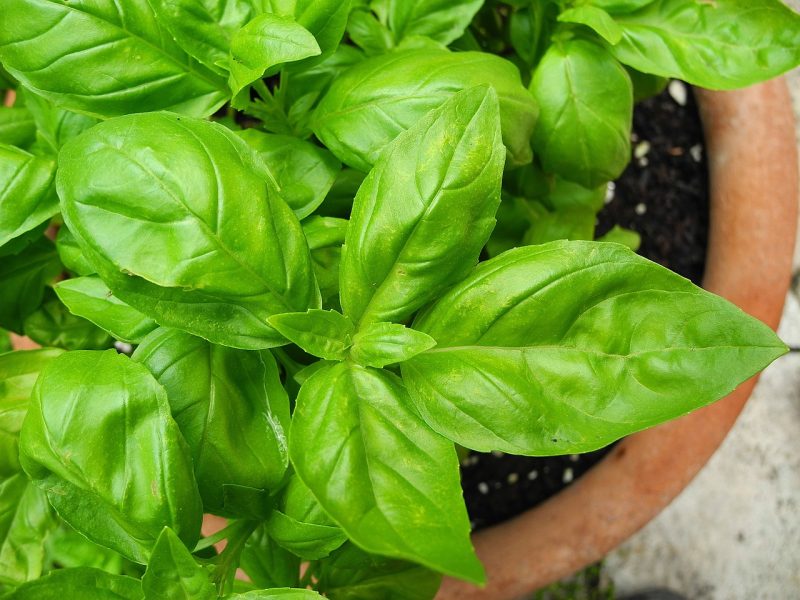
Basil is often regarded as the king of herbs, especially in Italian cuisine. Preferring full sun and warm temperatures, basil is an annual herb that flourishes during the summer months. Its fragrant, glossy leaves are perfect for fresh pesto, salads, and sauces, making it a staple for avid cooks.
The different varieties of basil—such as sweet basil, Thai basil, and purple basil—offer diverse flavors to explore in the kitchen. Beyond its culinary uses, basil is known for its anti-inflammatory and antioxidant properties. Pinching off the flower buds promotes bushier growth, allowing you to harvest more of this aromatic herb throughout the season.
Chamomile
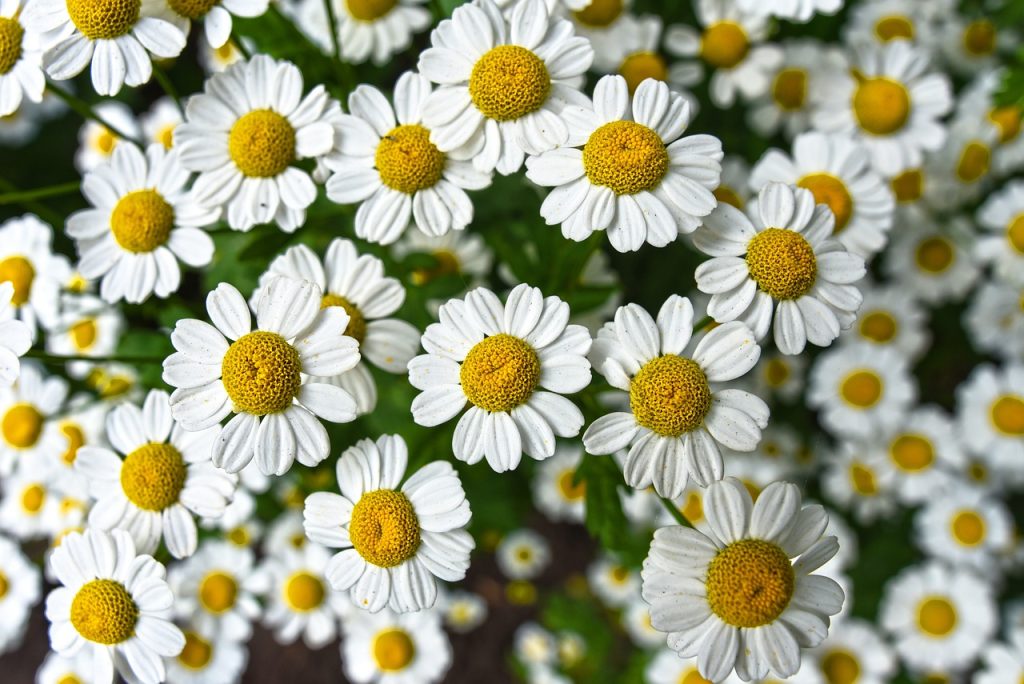
Chamomile is a delightful herb known for its soothing properties and lovely daisy-like flowers. Thriving in full sun, chamomile prefers well-drained soil and can add charm to any garden. As a tea, chamomile is famed for its calming effects, making it an excellent choice for winding down after a long day.
Culinarily, chamomile can be incorporated into sweet and savory dishes, offering floral notes that enhance flavors. It’s also applicable in skin-care routines due to its soothing qualities. Growing chamomile could be a lovely addition to your garden, as its cheerful flowers will brighten your space while supplying calming benefits.
Lemongrass
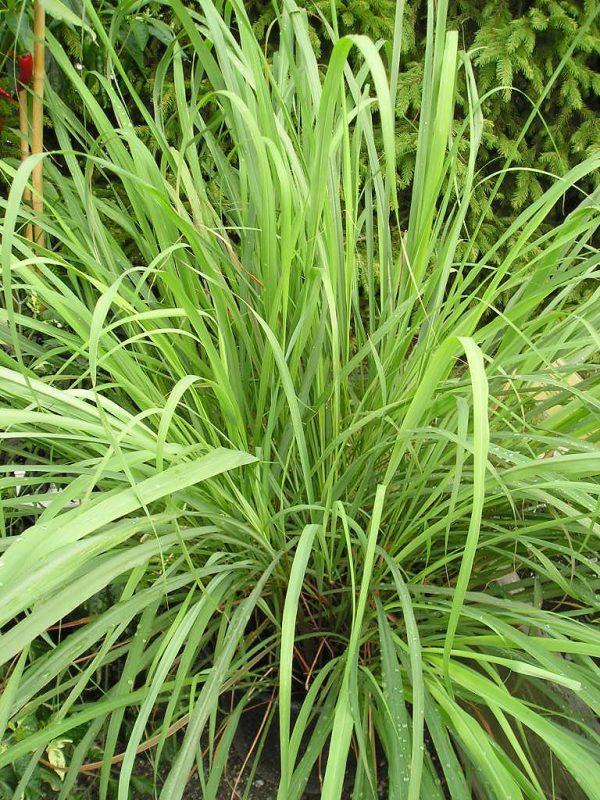
Lemongrass is a tropical herb that flourishes in warm, sunny environments. This tall, grass-like plant is known for its citrusy flavor and aroma, making it a key ingredient in many Southeast Asian dishes. As a full sun herb, lemongrass requires consistent moisture to thrive and can be grown in pots or directly in the garden.
Its culinary applications are versatile—lemongrass can be used in soups, marinades, and teas. Beyond the kitchen, lemongrass is often used in teas for digestive health and in aromatherapy for its uplifting effects. Harvesting lemongrass regularly will encourage new growth, ensuring a steady supply of this fragrant herb throughout the warm months.
Cilantro
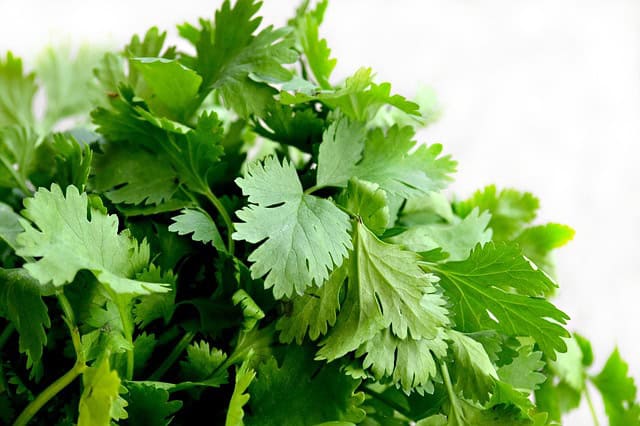
Cilantro, also known as coriander, is an herb that can create fervent opinions as people either love or loathe it. Thriving in full sun, cilantro grows quickly and can be harvested multiple times throughout the growing season. Its vibrant green leaves and distinct flavor add freshness to dishes like salsas, curries, and salads.
The seeds of the cilantro plant, known as coriander, are also a popular spice used in various cuisines. Cilantro is rich in antioxidants and has been associated with various health benefits, including potential antibacterial properties. Its preference for cooler temperatures means early spring or fall planting can yield successful crops.
Dill

Dill is a feathery herb that adds a tangy flavor to many dishes and pickling recipes. Preferring full sun, dill loves well-drained soil and is typically treated as an annual. Its unique flavor profile enhances fish dishes, salads, and dips while also bringing a distinctive bit of intrigue to baked goods.
Aside from culinary use, dill is known for its digestive properties, helping ease stomach discomfort. Regular harvesting will prevent the plant from flowering too soon, ensuring you have a continuous harvest throughout the growing season. Its airy foliage also provides a lovely contrast in the garden, enhancing its visual appeal.
Fennel
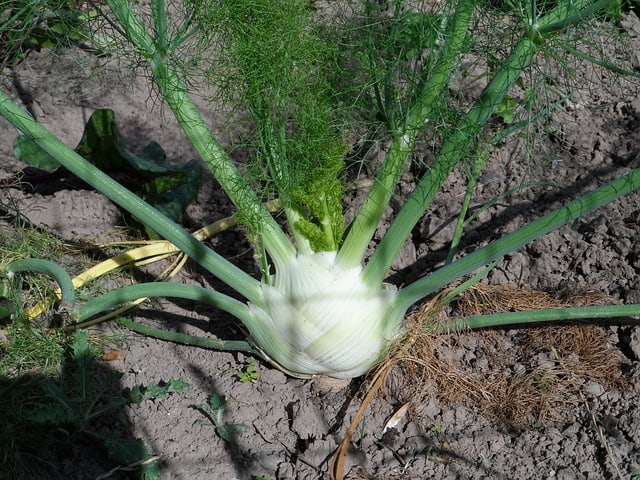
Fennel is a distinctive herb that thrives in full sun, characterized by its licorice flavor and striking feathery fronds. This herb is often overlooked, but it has incredible versatility in culinary applications—used in salads, roasted vegetables, and as a seasoning for meats. The bulb, stalks, and fronds are all edible, making fennel a unique addition to your kitchen.
Fennel also has digestive benefits, often used to relieve bloating and gas. It requires well-drained soil and plenty of sunlight, so incorporating it into your sun-drenched garden is ideal. With proper care and regular harvesting, fennel can thrive and offer a continuous supply of flavor throughout the growing season.
Tarragon
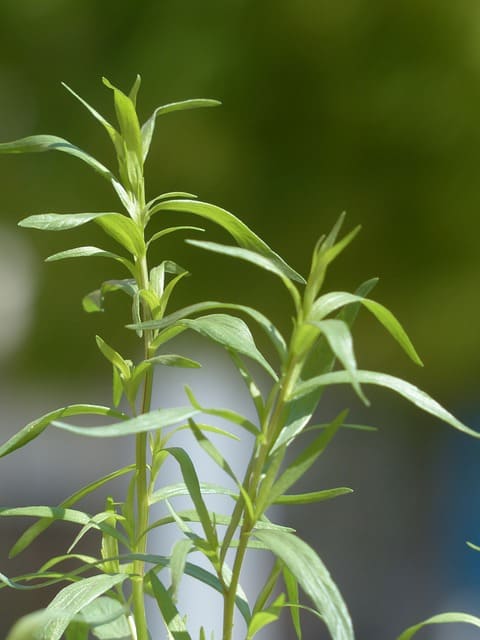
Tarragon is another herb that shines in full sun, often overshadowed by other culinary herbs. Known for its distinctive anise flavor, tarragon is frequently used in French cuisine and pairs beautifully with chicken, fish, and vegetable dishes. This perennial herb prefers well-drained soil and can become quite bushy with regular pruning.
Beyond its culinary delights, tarragon is believed to have various health benefits, including digestive support and anti-inflammatory properties. Its unique flavor can elevate any dish, providing a touch of elegance and sophistication. Growing tarragon alongside other herbs can enhance both its culinary potential and your overall gardening experience.


